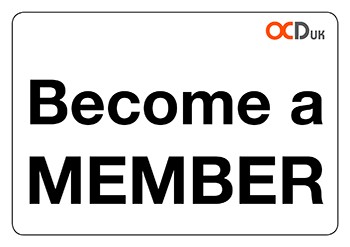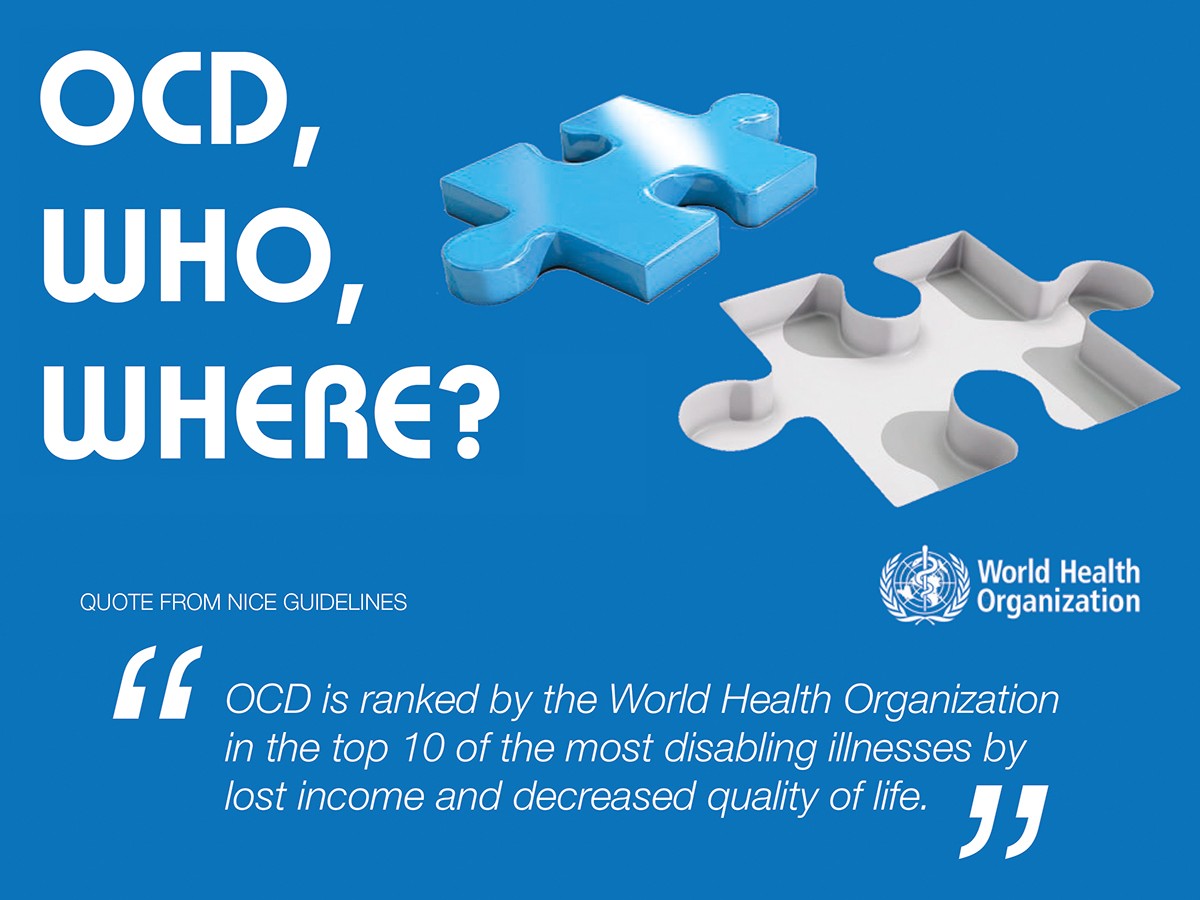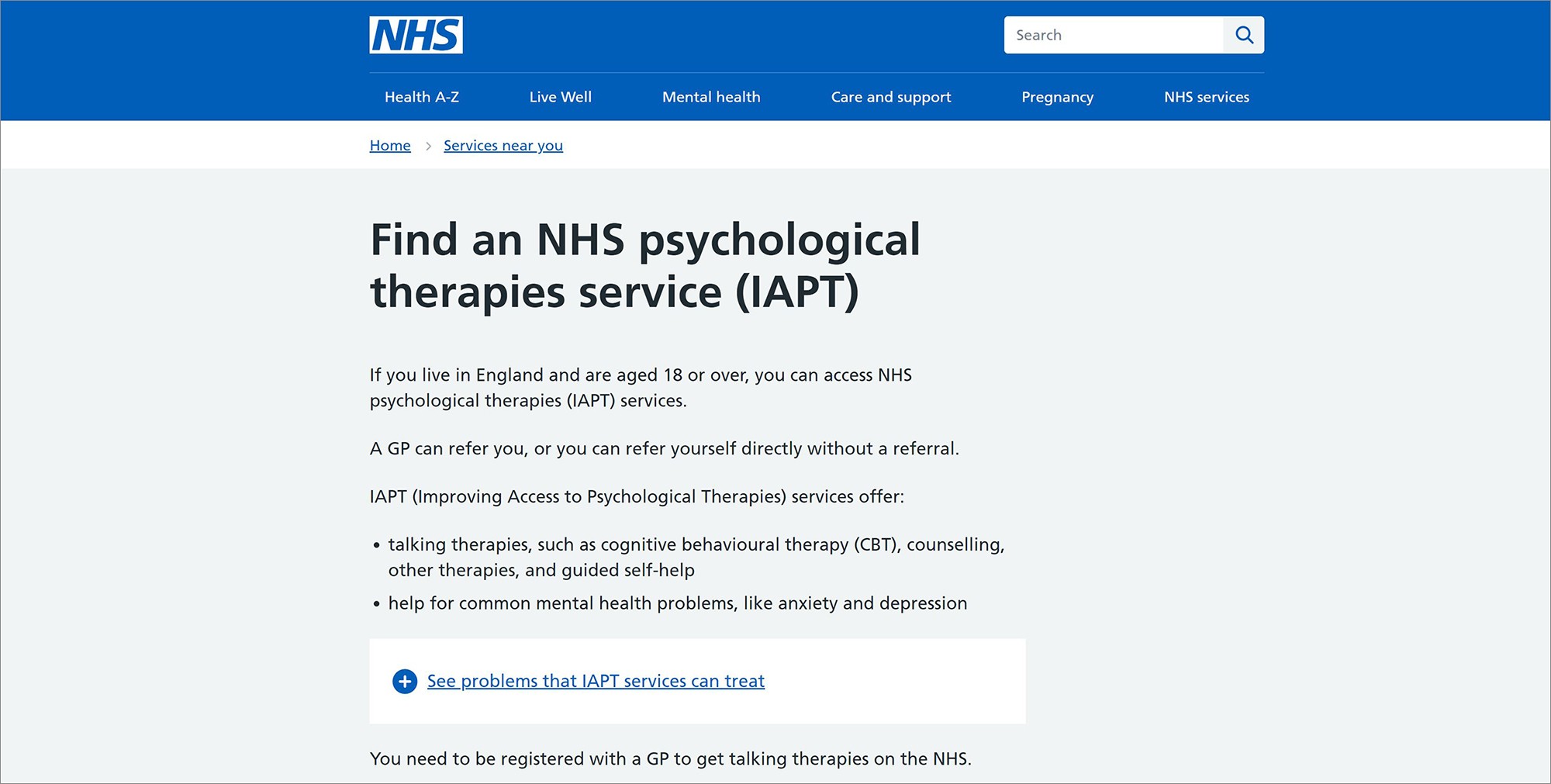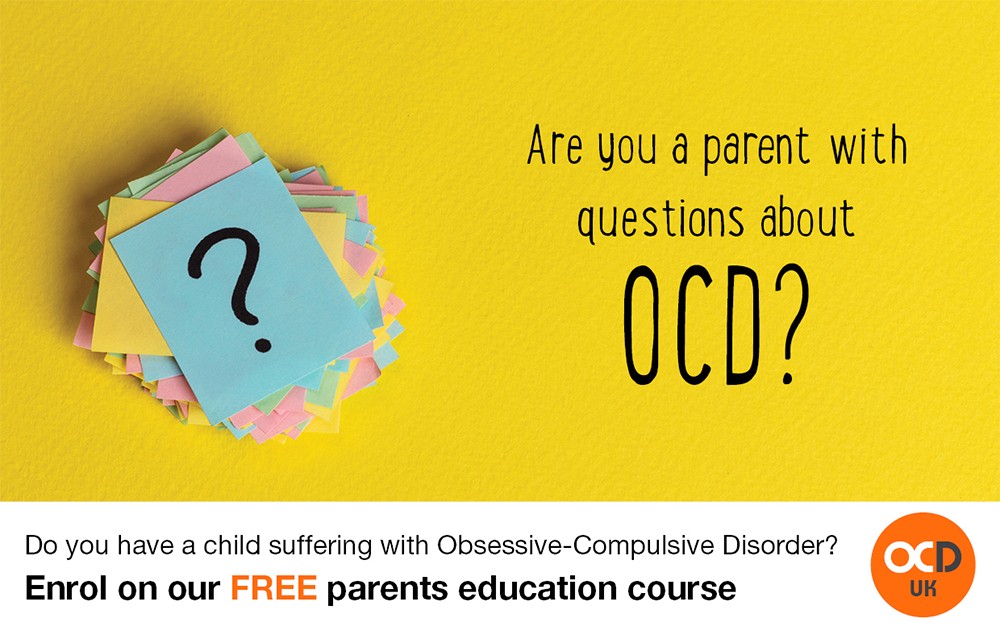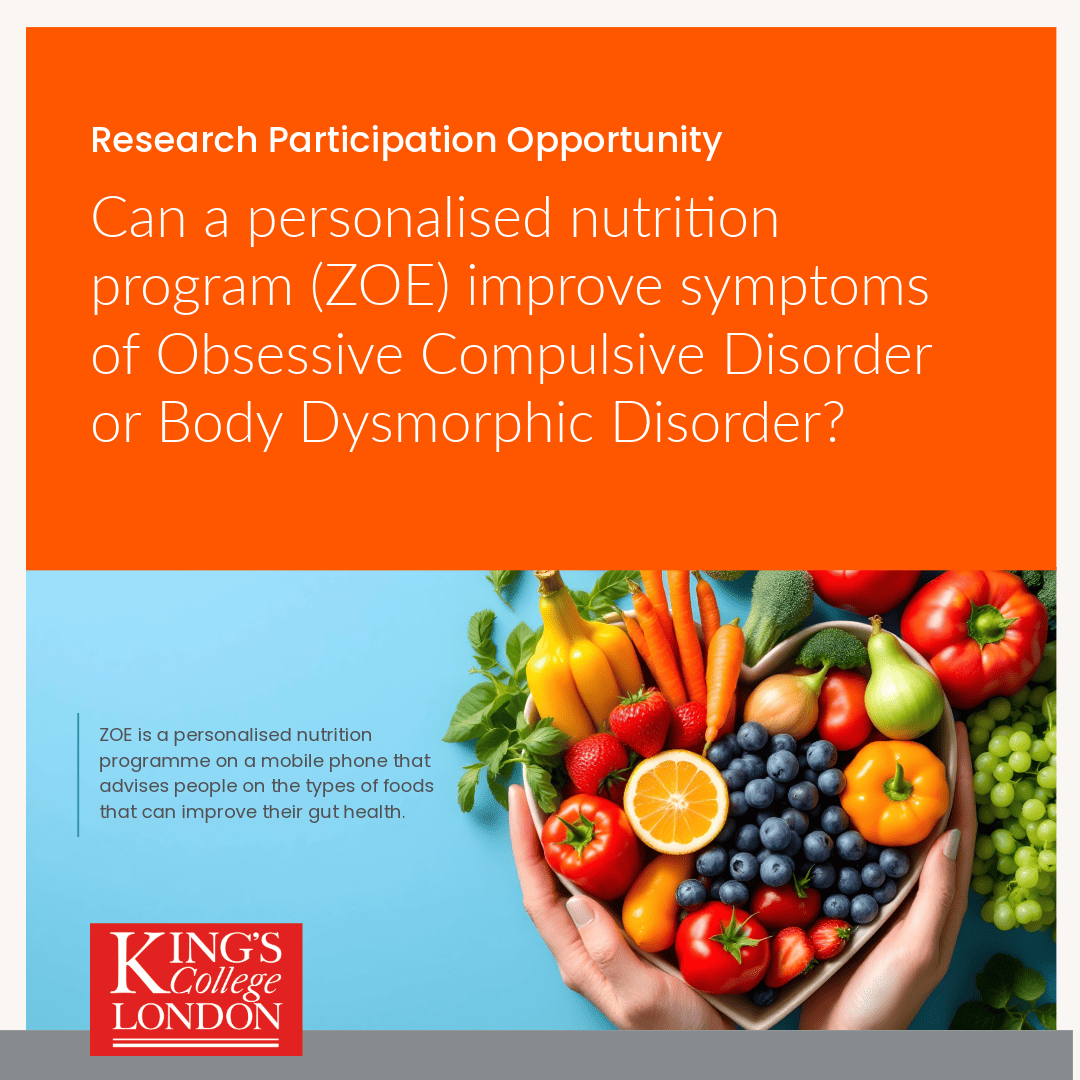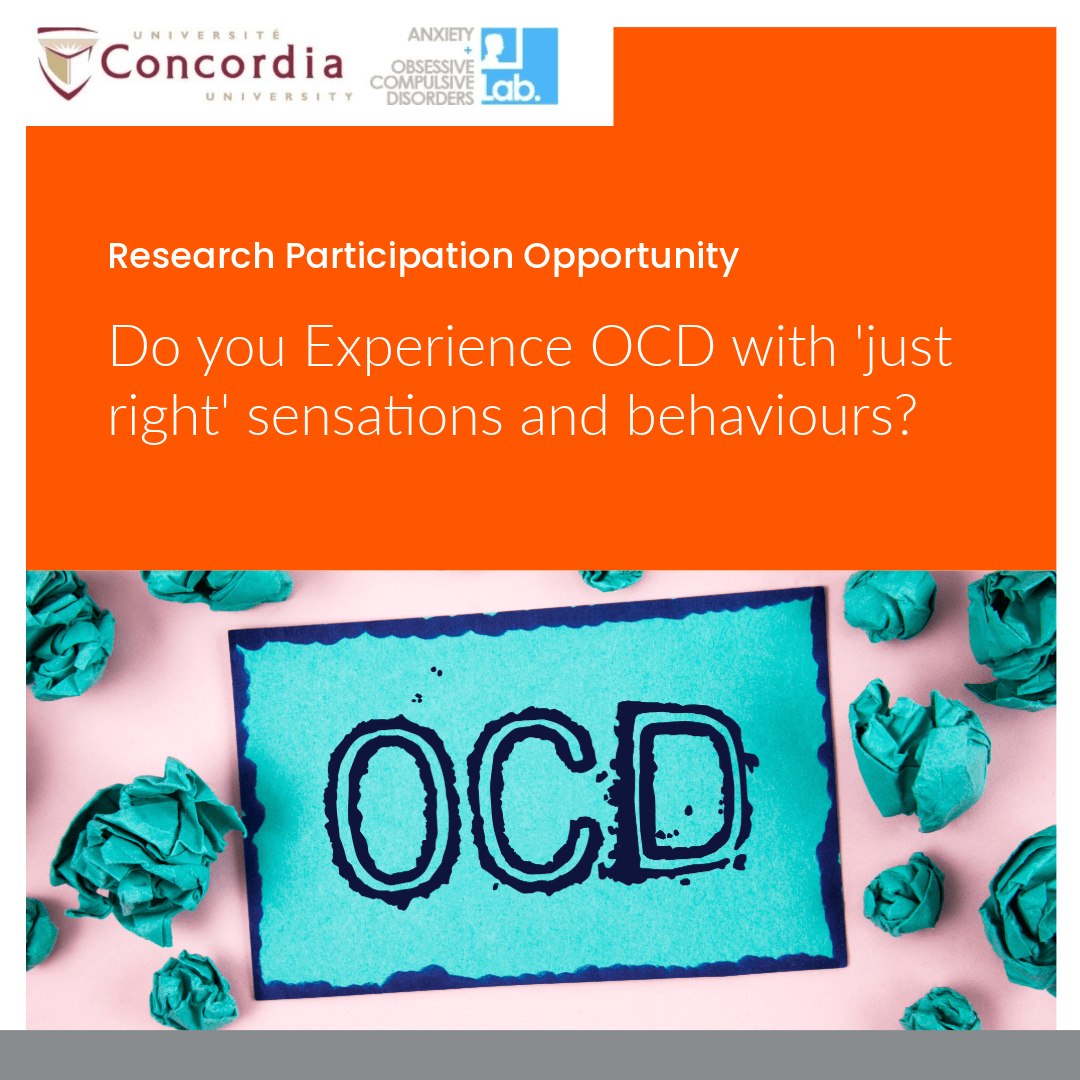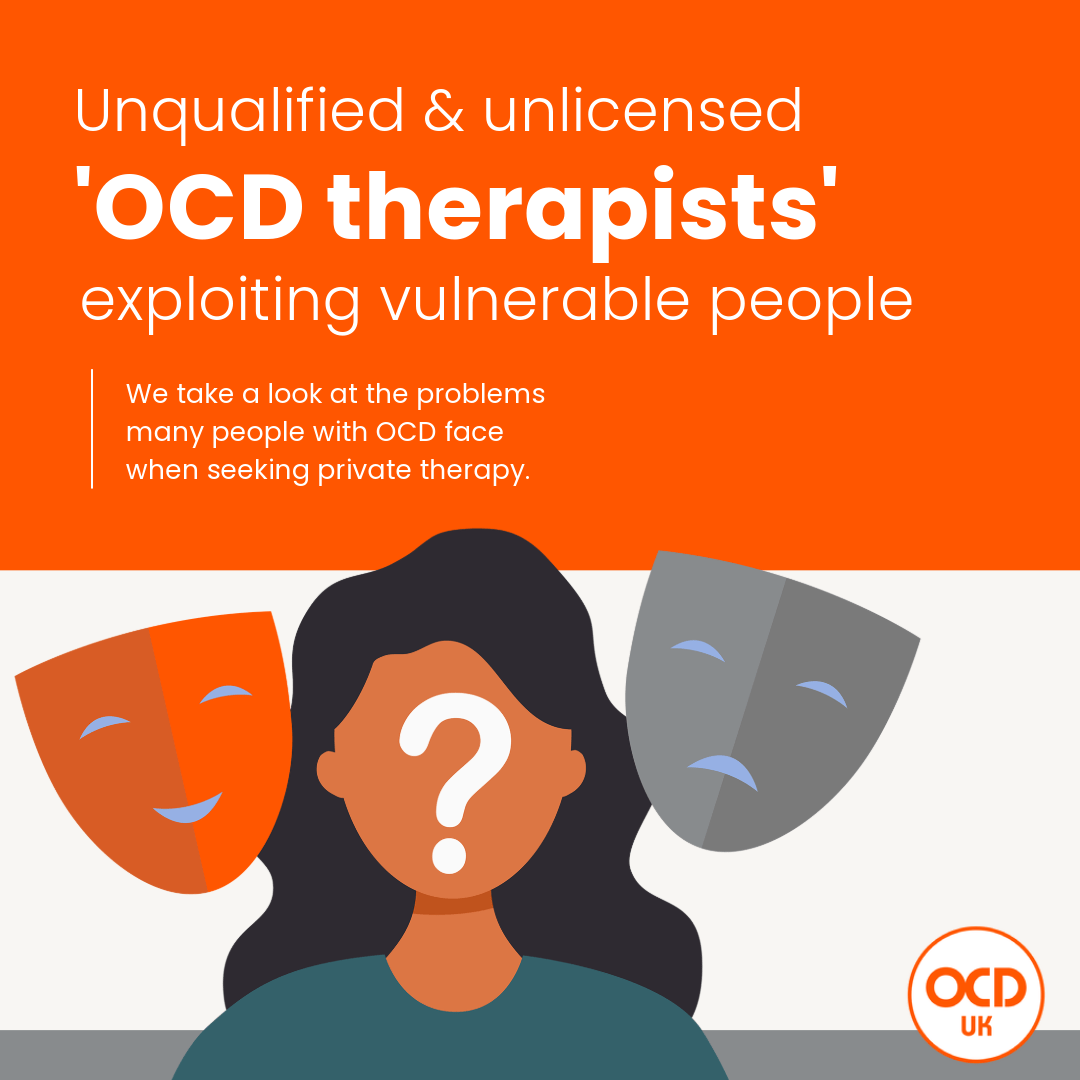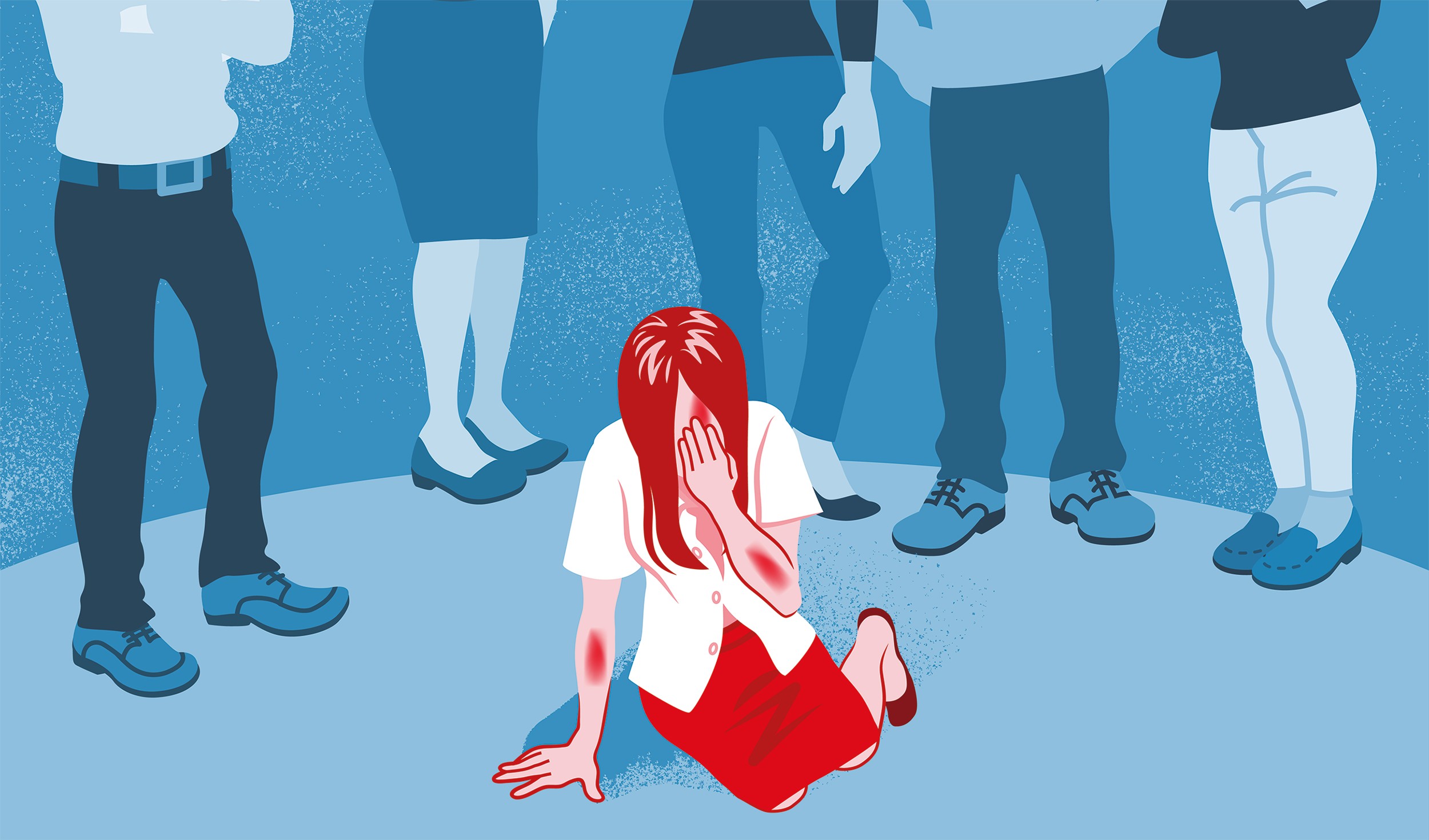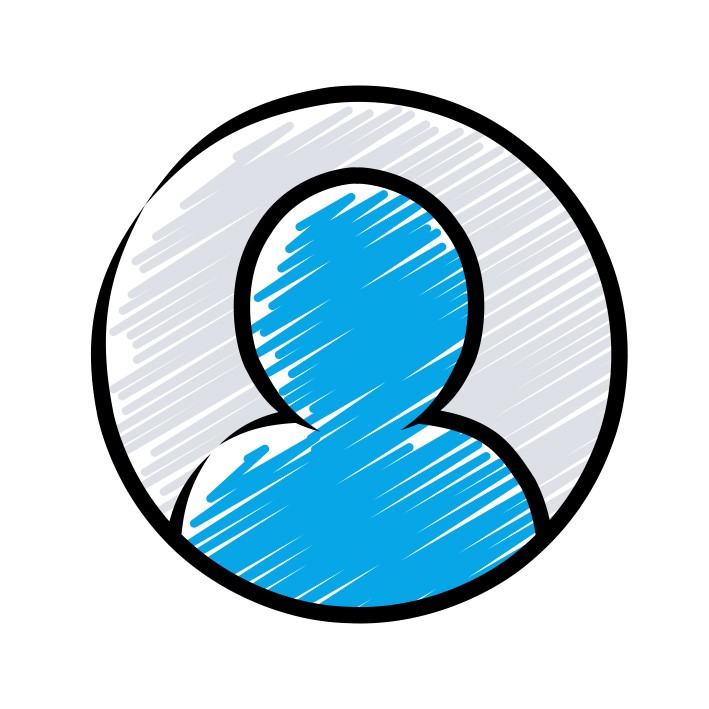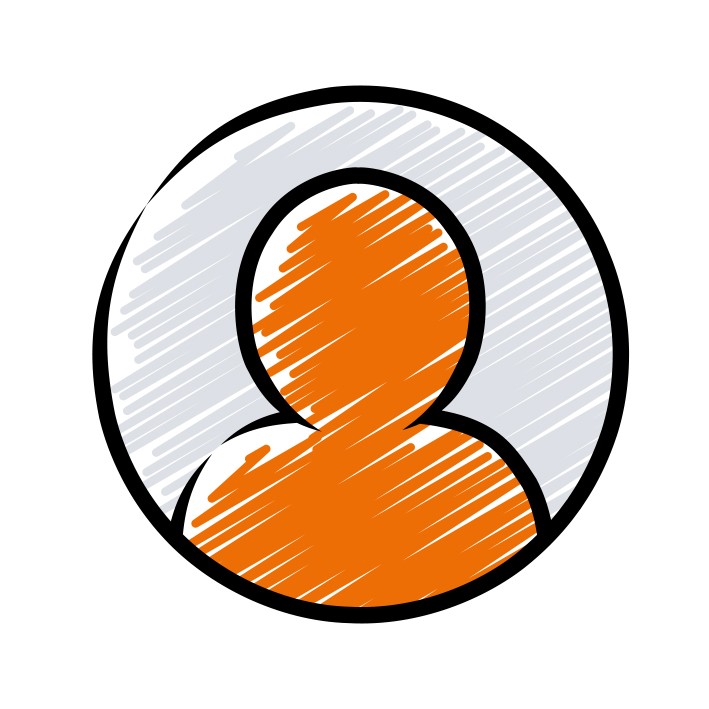Section Contents
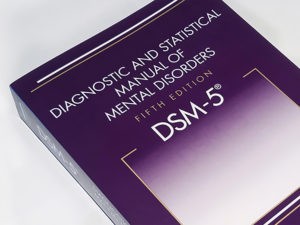
When working with patients, health professionals often refer to clinical diagnostic manuals to better understand the patient’s illness and potential treatment.
There are two main recognised diagnostic manuals commonly used around the world today. These are the International Classification of Diseases (ICD) and the Diagnostic and Statistical Manual of Mental Disorders (DSM) (the latest of which is pictured). Whilst both manuals generally tend to complement each other, there are differences in the descriptions they use.
You can read a summary of both the ICD and DSM on our clinical classification of OCD page. On this page we will summarise what both diagnostic manuals say about Hoarding Disorder.
The original International Classification of Diseases (ICD) did not list Hoarding Disorder separately in ICD-10, however on the 1st October 2017 the World Health Organisation added Hoarding Disorder as a new category under OCD (Code: 42.3)
In ICD-11, ‘Hoarding disorder’ will be formally listed under under the OCD category.
The ICD is currently under revision and the release date for the 11th Revision of the International Classification of Diseases (ICD-11) is planned for publication later in 2018. The current listings are the present draft, however please note the ICD-11 listings are still draft and subject to change before publication.
At present the draft of ICD-11 lists Hoarding Disorder under the category of Obsessive-compulsive or related disorders alongside other anxiety disorders, all of which sits inside the Mental, behavioural or neurodevelopmental disorders category.
The is how Hoarding Disorder is listed under – Obsessive-compulsive or related disorders (F42), a category which includes:
- 6B20 Obsessive-compulsive disorder
- 6B21 Body dysmorphic disorder
- 6B22 Olfactory reference disorder
- 6B23 Hypochondriasis
- 6B24 Hoarding disorder
- 6B25 Body-focused repetitive behaviour disorders
- Substance-induced obsessive-compulsive or related disorders
- 6E64 Secondary obsessive-compulsive or related syndrome
- 6B2Y Other specified obsessive-compulsive or related disorders
- 6B2Z Obsessive-compulsive or related disorders, unspecified
With regard to the essential features of the draft ICD-11 manual it states the following diagnostic criteria for Hoarding Disorder (6B24):
Hoarding disorder is characterised by accumulation of possessions due to excessive acquisition of or difficulty discarding possessions, regardless of their actual value. Excessive acquisition is characterized by repetitive urges or behaviours related to amassing or buying items. Difficulty discarding possessions is characterized by a perceived need to save items and distress associated with discarding them. Accumulation of possessions results in living spaces becoming cluttered to the point that their use or safety is compromised. The symptoms result in significant distress or significant impairment in personal, family, social, educational, occupational or other important areas of functioning.
Hoarding disorder with fair to good insight Hoarding Disorder (6B24.0):
All definitional requirements of hoarding disorder are met. Much of the time, the individual is able to entertain the possibility that his or her disorder-specific beliefs may not be true and is willing to accept an alternative explanation for his or her experience. At circumscribed times (e.g., when highly anxious), the individual may demonstrate no insight.
Hoarding disorder with poor to absent insight (6B24.1)
All definitional requirements of hoarding disorder are met. Most or all of the time, the individual is convinced that the disorder-specific beliefs are true and cannot accept an alternative explanation for their experience. The lack of insight exhibited by the individual does not vary markedly as a function of anxiety level.
In DSM-5, Hoarding Disorder sits under its own category of Obsessive-Compulsive and Related Disorders and within that the following subcategories were placed:
- Obsessive Compulsive Disorder (OCD)
- Body Dysmorphic Disorder (BDD)
- Hoarding Disorder
- Trichotillomania
- Excoriation (Skin Picking) Disorder
- Substance/Medication-induced Obsessive-Compulsive and related Disorder
- Obsessive-Compulsive and Related Disorder due to another medical condition
- Other specified Obsessive-Compulsive and Related Disorder
- Unspecified Obsessive-Compulsive and Related Disorder
In terms of the actual diagnostic criteria the DSM-5 lists the following:
Diagnostic Criteria
300.3 (F42)
A. Persistent difficulty discarding or parting with possessions, regardless of their actual value.
B. This difficulty is due to a perceived need to save the items and to distress associated with discarding them.
C. The difficulty discarding possessions results in the accumulation of possessions that congest and clutter active living areas and substantially compromises their intended use. If living areas are uncluttered, it is only because of the interventions of third parties (e.g., family members, cleaners, authorities).
D. The hoarding causes clinically significant distress or impairment in social, occupational, or other important areas of functioning (including maintaining a safe environment for self and others).
E. The hoarding is not attributable to another medical condition (e.g., brain injury, cerebrovascular disease, Prader-Willi syndrome).
F. The hoarding is not better explained by the symptoms of another mental disorder (e.g., obsessions in obsessive-compulsive disorder, decreased energy in major depressive disorder, delusions in schizophrenia or another psychotic disorder, cognitive deficits in major neurocognitive disorder, restricted interests in autism spectrum disorder).
Specify if:
With excessive acquisition: If difficulty discarding possessions is accompanied by excessive acquisition of items that are not needed or for which there is no available space.
Specify if:
With good or fair insight:The individual recognizes that hoarding-related beliefs and behaviors (pertaining to difficulty discarding items, clutter, or excessive acquisition) are problematic.
With poor insight: The individual is mostly convinced that hoarding-related beliefs and behaviors (pertaining to difficulty discarding items, clutter, or excessive acquisition) are not problematic despite evidence to the contrary.
With absent insight/delusional beliefs: The individual is completely convinced that hoarding-related beliefs and behaviors (pertaining to difficulty discarding items, clutter, or excessive acquisition) are not problematic despite evidence to the contrary.
Specifiers
With excessive acquisition. Approximately 80%—90% of individuals with hoarding disorder display excessive acquisition. The most frequent form of acquisition with hoarding disorder display excessive acquisition. The most frequent form of acquisition is excessive buying, followed by acquisition of free items (e.g., leaflets, items discarded by others). Stealing is less common. Some individuals may deny excessive acquisition when first assessed, yet it may appear later during the course of treatment. Individuals With hoarding disorder typically experience distress if they are unable to or are prevented from acquiring items.
Diagnostic Features
The essential feature of hoarding disorder is persistent difficulties discarding or parting with possessions, regardless of their actual value (Criterion A). The term persistent indicates a long-standing difficulty rather than more transient life circumstances that may lead to excessive clutter, such as inheriting property. The difficulty in discarding possessions noted in Criterion A refers to any form of discarding, including throwing away, selling, giving away, or recycling. The main reasons given for these difficulties are the perceived utility or aesthetic value of the items or strong sentimental attachment to the possessions. Some individuals feel responsible for the fate of their possessions and often go to great lengths to avoid being wasteful. Fears of losing important information are also common. The most commonly saved items are newspapers, magazines, old clothing, bags, books, mail, and paperwork, but virtually any item can be saved. The nature of items is not limited to possessions that most other people would define as useless or of limited value. Many individuals collect and save large numbers of valuable things as well, which are often found in piles mixed with other less valuable items.
Individuals with hoarding disorder purposefully save possessions and experience distress when facing the prospect of discarding them (Criterion B). This criterion emphasizes that the saving of possessions is intentional, which discriminates hoarding disorder from other forms of psychopathology that are characterized by the passive accumulation of items or the absence of distress when possessions are removed.
Individuals accumulate large numbers of items that fill up and clutter active living areas to the extent that their intended use is no longer possible (Criterion C). For example, the individual may not be able to cook in the kitchen, sleep in his or her bed, or sit in a chair. If the space can be used, it is only with great difficulty. Clutter is defined as a large group of usually unrelated or marginally related objects piled together in a disorganized fashion in spaces designed for other purposes (e.g., tabletops, floor, hallway). Criterion C emphasizes the “active” living areas of the home, rather than more peripheral areas, such as garages, attics, or basements, that are sometimes cluttered in homes of individuals without hoarding disorder. However, individuals with hoarding disorder often have possessions that spill beyond the active living areas and can occupy and impair the use of other spaces, such as vehicles, yards, the workplace, and friends’ and relatives’ houses. In some cases, living areas may be uncluttered because of the intervention of third parties (e.g., family members, cleaners, local authorities). Individuals who have been forced to clear their homes still have a symptom picture that meets criteria for hoarding disorder because the lack of clutter is due to a third-party intervention. Hoarding disorder contrasts with normative collecting behavior, which is organized and systematic, even if in some cases the actual amount of possessions may be similar to the amount accumulated by an individual with hoarding disorder. Normative collecting does not produce the clutter, distress or impairment typical of hoarding disorder.
Symptoms (i.e., difficulties discarding and/or clutter) must cause clinically significant distress or impairment in social, occupational, or other important areas of functioning, including maintaining a safe environment for self and others (Criterion D), In some cases particularly when there is poor insight, the individual may not report distress, and the impairment may be apparent only to those around the individual. However, any attempts to discard or clear the possessions by third parties result in high levels of distress
Associated Features Supporting Diagnosis
Other common features of hoarding disorder include indecisiveness, perfectionism, avoidance, procrastination, difficulty planning and organizing tasks, and distractibility. Some individuals with hoarding disorder live in unsanitary conditions that may be a logical consequence of severely cluttered spaces and/or that are related to planning and organizing difficulties. Animal hoarding can be defined as the accumulation of a large number of animals and a failure to provide minimal standards of nutrition, sanitation, and veterinary care and to act on the deteriorating condition of the animals (including disease, starvation, or death) and the environment (e.g., severe overcrowding, extremely unsanitary conditions). Animal hoarding may be a special manifestation of hoarding disorder. Most individuals who hoard animals also hoard inanimate objects. The most prominent differences between animal and object hoarding are the extent of unsanitary conditions and the poorer insight in animal hoarding.
Prevalence
Nationally representative prevalence studies of hoarding disorder are not available. Community surveys estimate the point prevalence of clinically significant hoarding in the United States and Europe to be approximately 2%—6%. Hoarding disorder affects both males and females, but some epidemiological studies have reported a significantly greater prevalence among males. This contrasts with clinical samples, which are predominantly female. Hoarding symptoms appear to be almost three times more prevalent in older adults (ages 55—94 years) compared with younger adults (ages 34—44 years).
Development and Course
Hoarding appears to begin early in life and spans well into the late stages. Hoarding symptoms may first emerge around ages 11—15 years, start interfering with the individual’s everyday functioning by the mid-20s, and cause clinically significant impairment by the mid-30s. Participants in clinical research studies are usually in their 50s. Thus, the severity ofhoarding increases with each decade of life. Once symptoms begin, the course of hoarding is often chronic, with few individuals reporting a waxing and waning course.
Pathological hoarding in children appears to be easily distinguished from developmentally adaptive saving and collecting behaviors. Because children and adolescents typically do not control their living environment and discarding behaviors, the possible intervention of third parties (e.g., parents keeping the spaces usable and thus reducing interference) should be considered when making the diagnosis.
Risk and Prognostic Factors
Temperamental. Indecisiveness is a prominent feature of individuals with hoarding disorder and their first-degree relatives.
Environmental. Individuals with hoarding disorder often retrospectively report stressful and traumatic life events preceding the onset of the disorder or causing an exacerbation. Genetic and physiological. Hoarding behavior is familial, with about 50% of individuals who hoard reporting having a relative who also hoards. Twin studies indicate that approximately 500/0 of the variability in hoarding behavior is attributable to additive genetic factors.
Culture-Related Diagnostic Issues
While most of the research has been done in Western, industrialized countries and urban communities, the available data from non-Western and developing countries suggest that hoarding is a universal phenomenon with consistent clinical features.
Gender-Related Diagnostic Issues
The key features of hoarding disorder (i.e., difficulties discarding, excessive amount of clutter) are generally comparable in males and females, but females tend to display more excessive acquisition, particularly excessive buying, than do males.
Functional Consequences of Hoarding Disorder
Clutter impairs basic activities, such as moving through the house, cooking, cleaning, personal hygiene, and even sleeping. Appliances may be broken, and utilities such as water and electricity may be disconnected, as access for repair work may be difficult. Quality of life is often considerably impaired. In severe cases, hoarding can put individuals at risk for fire, falling (especially elderly individuals), poor sanitation, and other health risks. Hoarding disorder is associated with occupational impairment, poor physical health, and high social service utilization. Family relationships are frequently under great strain. Conflict with neighbours and local authorities is common, and a substantial proportion of individuals with severe hoarding disorder have been involved in legal eviction proceedings, and some have a history of eviction.
Differential Diagnosis
Obsessive-compulsive disorder. Hoarding disorder is not diagnosed if the symptoms are judged to be a direct consequence of typical obsessions or compulsions, such as fears of contamination, harm, or feelings of incompleteness in obsessive-compulsive disorder (OCD). Feelings of incompleteness (e.g., losing one’s identity, or having to document and preserve all life experiences) are the most frequent OCD symptoms associated with this form of hoarding. The accumulation of objects can also be the result of persistently avoiding onerous rituals (e.g., not discarding objects in order to avoid endless washing or checking rituals).
In OCD, the behavior is generally unwanted and highly distressing, and the individual experiences no pleasure or reward from it. Excessive acquisition is usually not present; if exces
sive acquisition is present, items are acquired because of a specific obsession (e.g., the need to buy items that have been accidentally touched in order to avoid contaminating other people), not because of a genuine desire to possess the items. Individuals who hoard in the context of OCD are also more likely to accumulate bizarre items, such as trash, feces, urine, nails, hair,
used diapers, or rotten food. Accumulation of such items is very unusual in hoarding disorder.
When severe hoarding appears concurrently with other typical symptoms of OCD but is judged to be independent from these symptoms, both hoarding disorder and OCD may be diagnosed.
Comorbidity
Approximately 75% of individuals with hoarding disorder have a comorbid mood or anxiety disorder. The most common comorbid conditions are major depressive disorder (up to 50% of cases), social anxiety disorder (social phobia), and generalized anxiety disorder. Approximately 20% of individuals with hoarding disorder also have symptoms that meet diagnostic criteria for OCD. These comorbidities may often be the main reason for consultation, because individuals are unlikely to spontaneously report hoarding symptoms, and these symptoms are often not asked about in routine clinical interviews.
What to read next:
Additional Reading:
-
International Classification of Diseases (External Website)
-
Diagnostic and Statistical Manual of Mental Disorders (External Website)
-
ICD-10 (2016) (External Website)
-
ICD-11 (Draft) (External Website)
Disclaimer: This article is for information only and should not be used for the diagnosis or treatment of Obsessive-Compulsive Disorder or any other medical condition. OCD-UK have taken all reasonable care in compiling this information, but always recommend consulting a doctor or other suitably qualified health professional for diagnosis and treatment of Obsessive-Compulsive Disorder or any other medical condition.

